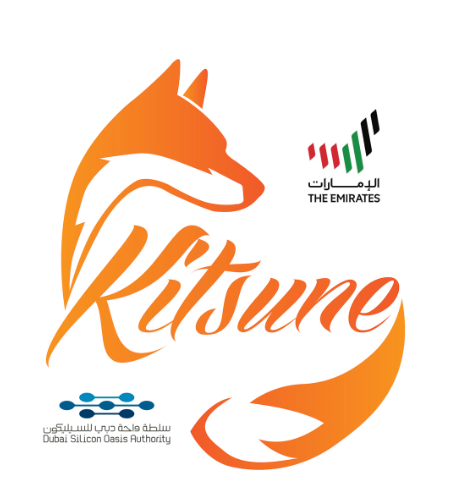In the fragmented ecosystem of 2025, the challenge is no longer being found but becoming the source. Paolo M. Luino, General Manager EMEA of Kitsune, shows the way for a new model of corporate communication.

After raising the alarm in recent months about the radical change AI has brought to the world of SEO, Paolo M. Luino, one of the leading international experts in digital strategy, returns with a new vision set to redefine the entire online communication landscape: Content Everywhere. This strategy goes beyond multichannel distribution, proposing an integrated and intelligent model for content production and distribution, able to respond to the new behaviors of users increasingly influenced by AI, social media, video, and specialist platforms.
The change is already underway, and it has a specific name: AI Overviews, the system introduced by Google to provide direct answers to user queries, bypassing the traditional SERP results. But this is just the tip of the iceberg. According to the latest data, more than 85% of daily searches are now fragmented across multiple channels: new generations are searching for information on TikTok, Instagram, Amazon, Pinterest, AI chatbots, and no longer just on Google. In this new context, being visible is not enough: you must exist everywhere with coherent, credible, and recognizable content.
“SEO is not dead,” Luino states, “but it will no longer be the same. We no longer talk about Search Engine Optimization but Search Ecosystem Optimization: information is no longer only searched on a search engine, but through an ever-evolving ecosystem. A company that wants to be found must become a reference point in every corner of the web: from a LinkedIn post to a video tutorial, from a response in an AI assistant to a review on a marketplace. This is the essence of Content Everywhere.”
The philosophy is clear: every piece of content must be designed as a strategic asset, flexible, reusable, and meaningful. It is not about duplicating messages across multiple channels but about modulating and contextualizing each message based on the location and timing when the user encounters it. Brand consistency, structural adaptability, and informational value become the three pillars of truly effective communication.
But how does all this translate into an operational strategy? Luino identifies three key levers:
The first is data ownership. In an era where Google limits access to search data, those who maintain an accurate historical record of queries, insights, and behaviors will have a crucial competitive advantage tomorrow.
The second lever is the production of long, structured, and high-quality content capable of being intercepted and cited by Large Language Models’ algorithms, like ChatGPT or Gemini, which are increasingly used by users to obtain information.
The third is investment in video: today Google has made video one of the main filters in search, and audiovisual content, when designed with a multichannel approach, has become an integral part of the visibility ecosystem.
However, Content Everywhere is not only about technology. It is also a strategic vision. It requires an accurate audit of digital touchpoints, a modular content architecture, integrated production workflows, advanced analytics tools, and cross-channel measurement models. A KPI system is needed that considers not only engagement metrics but also impact on the brand, reputation, perceived authority, quality of mentions, and the frequency with which the company is chosen as a source.
Not all sectors are reacting at the same speed.
Healthcare, legal, and B2B industries – fields in which Kitsune specializes – are among those with the greatest potential for transformation. In the medical sector, for example, trust and information quality are central. Positioning oneself as a reliable source across multiple channels is critical. The same applies to law firms and B2B companies targeting decision-makers with increasingly complex research processes.
2025 also presents challenges that overlap with innovation: privacy, which requires more responsible data collection; sustainability, which encourages producing content that is also efficient in environmental terms; and personalization, which demands relevant content for each user but consistent with the brand’s identity. Artificial intelligence can help in all these areas, but it must be governed by a solid strategy and human expertise.
For Italian companies, often tied to manufacturing and creative excellence, this new paradigm represents a huge opportunity for global expansion. But to seize it, a cultural and organizational transformation is needed: investment in training, technology, and partnerships capable of driving change. Companies that succeed in doing this will not only remain relevant but become leaders.
As Luino reiterates: “In 2025, the challenge is no longer being found. It is becoming the source. This means being there first, better, and with greater authority than others, in every place where the public looks for information, solutions, and inspiration. And to succeed, vision, method, and quality are required. Always.”
